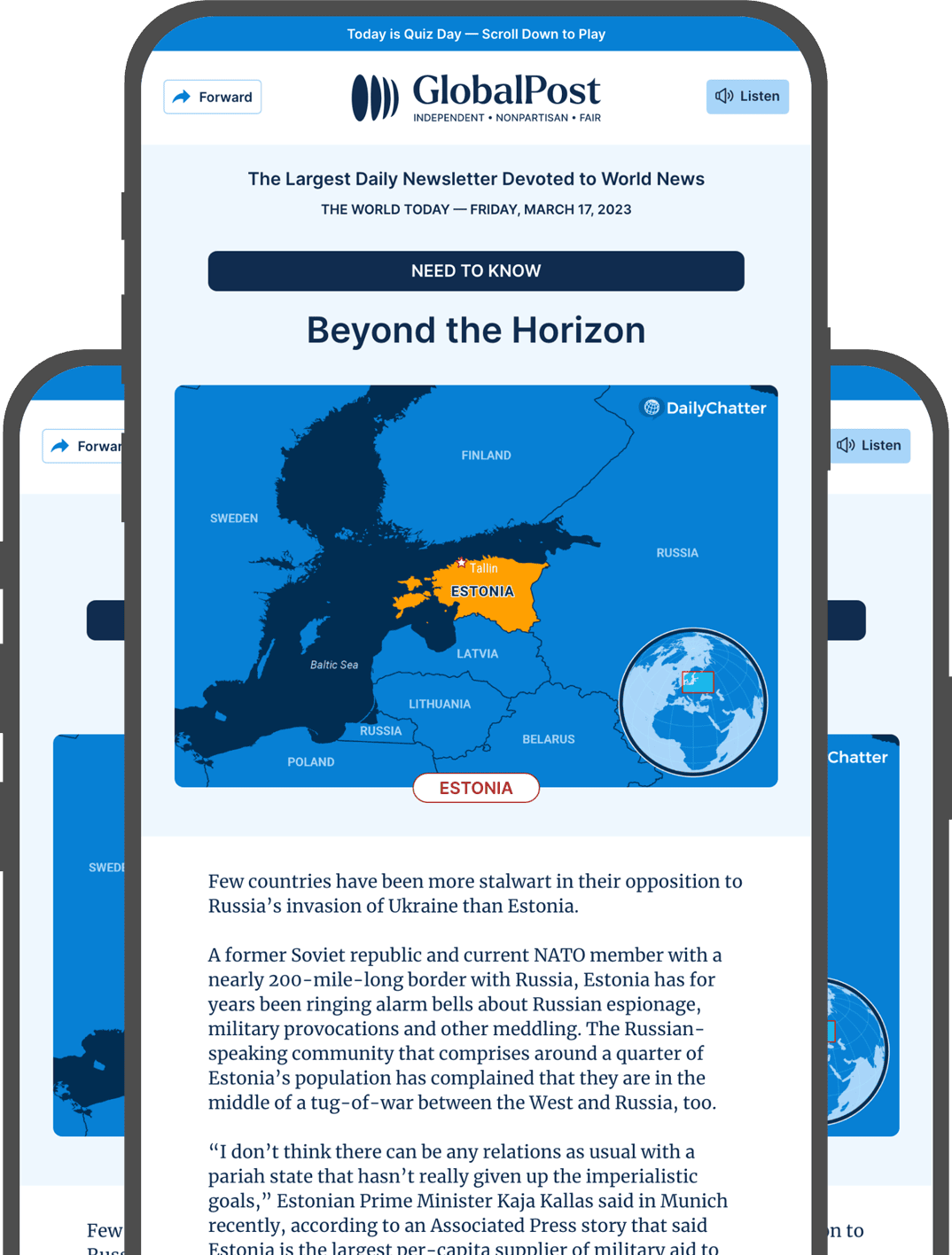A Woman’s World

A Celtic society in Iron Age Britain took girl power to a whole new level.
While studying a 2,000-year-old burial site in the southwestern county of Dorset where the Celtic Durotriges people once lived, researchers from Ireland’s Trinity College Dublin and Britain’s Bournemouth University found that it was the women who were at the top of the social hierarchy.
They arrived at this conclusion after geneticists and archeologists from the research team tried to reconstruct the social structure of Iron Age Britain, which is difficult: Preserved remains are rare and the written accounts by Romans and Greeks are not reliable.
So instead, they analyzed DNA from more than 50 individuals from the site that was used before and after the Roman conquest of 43 CE. Their findings showed that kinship and inheritance were passed down through maternal lines.
“This was the cemetery of a large kin group,” lead author Lara Cassidy explained in a statement. “We reconstructed a family tree with many different branches and found most members traced their maternal lineage back to a single woman, who would have lived centuries before. In contrast, relationships through the father’s line were almost absent.”
This matrilocal social structure – where men moved to live with their wives’ families – showed that women played a central role in land ownership and social organization.
“This is the first time this type of system has been documented in European prehistory and it predicts female social and political empowerment,” added Cassidy. “It’s relatively rare in modern societies, but this might not always have been the case.”
The findings align with Roman-era writings about Britain’s powerful women. These writings documented famous figures, such as warrior queens Cartimandua and Boudica – the latter launched an armed uprising against the empire between 60 and 61 CE.
The texts were not always flattering nor very accurate, however.
“It’s been suggested that the Romans exaggerated the liberties of British women to paint a picture of an untamed society,” noted co-author Miles Russell.
The study also found similar maternal lineage patterns at other Iron Age burial sites, suggesting female-driven societies may have been more widespread across Britain than previously believed.
Other scholars welcomed the findings but cautioned against theorizing that this was a dominant pattern of societal organization across Iron Age Britain.
“It’s very interesting when you get something solid like this,” Lindsay Allason-Jones, an archeologist at Newcastle University who was not involved in the study told the Washington Post. “Given the paucity of Iron Age bodies, it’s really quite hard to say whether this covers the whole country.”

Subscribe today and GlobalPost will be in your inbox the next weekday morning
Join us today and pay only $46 for an annual subscription, or less than $4 a month for our unique insights into crucial developments on the world stage. It’s by far the best investment you can make to expand your knowledge of the world.
And you get a free two-week trial with no obligation to continue.
